Yes, rats and mice. But, more specifically, the wonderful panoply of gnawing natives we have here in California - the deer mice, jumping mice and pocketmice, the woodrats and kangaroo rats, and even the voles, moles and shrews.
And, extra more specifically, I want to be able to consistently photograph them well enough to determine their species, and hopefully the different individuals within a scene/set.
Several great rationalizations I use for this project:
- I like the little critters, and think they deserve some love and attention. It's a hard life sneaking around at night, spreading seeds all over, and then ending up the cornerstone food and livelihood for a local flying or fleet-of-foot predator.
- I think it could be an interesting complement to "classical" small mammal trapping survey methods that use buckets and drift nets, and/or sherman live traps. While you don't get weight or sex or population density, it has potential for pure presence/absence detection, and is much easier to manage - you don't have to worry about the animal's safety and health, nor set your traps at sunset, and check at sunrise, which can be really tough in remote areas.
- It works well with "short sets" - a term I use for sets of 1-3 days/nights. Such as during a weekend camping trip. Put out a few seeds where you see signs of activity, and you'll generally get shots of the local Rodentia in a day or 2. You don't need to leave the cam out for a month.
So, here's some short set shots of 5 species, from various places, using my Pentax 8 and 10 mega pixel homebrew cam traps. They include a variety of experimental tweaks, such as: scene setup, distance to scene, height of cam, zoom use, and adjustment of exposure value.
First, a couple I just caught near Mono Lake:
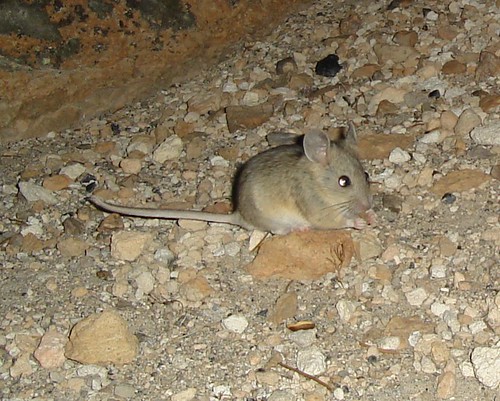
Desert Woodrat, Neotoma bryanti, near Mono Lake
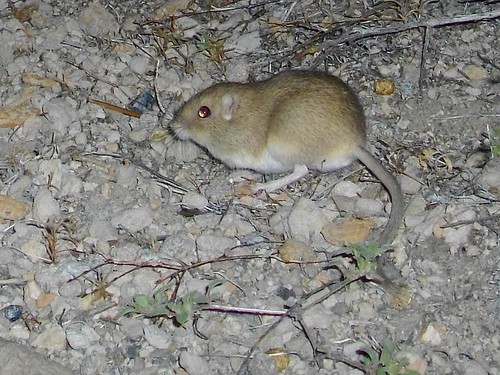
Dark Kangaroo Mouse, Microdipodops megacephalus, near Mono Lake
The above cute k-mouse should not be confused with k-rats, of course...
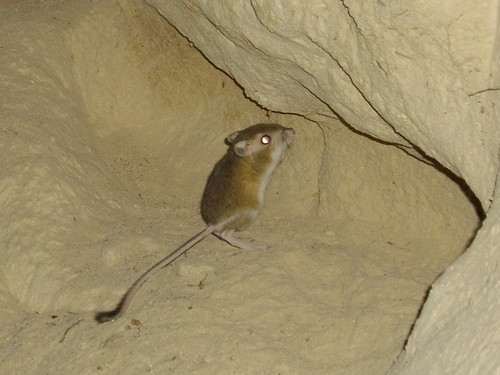
Heermann's Kangaroo Rat, Dipodomys heermanni, on the Chimineas Ranch
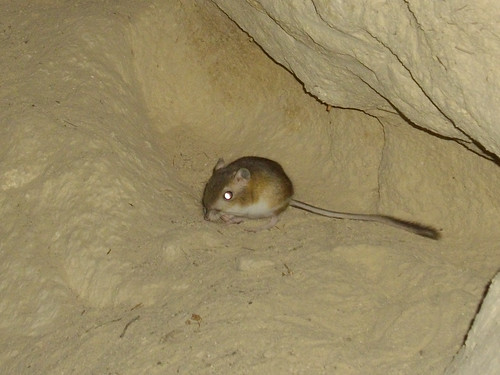
Sometimes you can easily tell individuals apart. These 2 are obviously different woodrats - the first the midden owner (with ear notches), and the second a visitor, and perhaps relative:
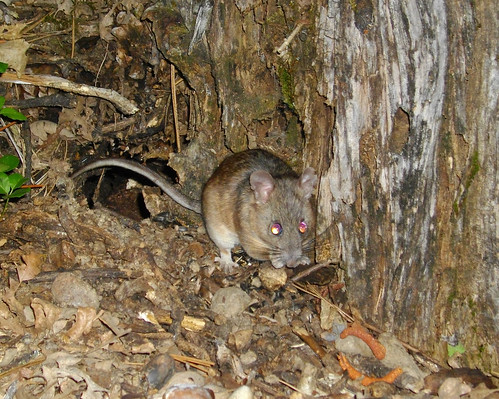
Big-eared Woodrat, Neotoma macrotis (formerly fuscipes), near Mariposa
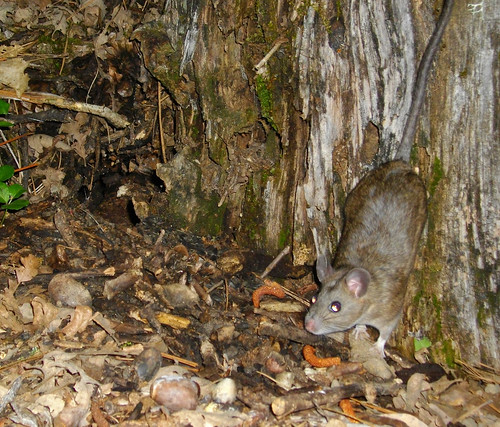
Good clear close ups of mice allow you to compare tail and body lengths - key characters for determining many species. Sometimes you even get a showoff that makes it quite easy:
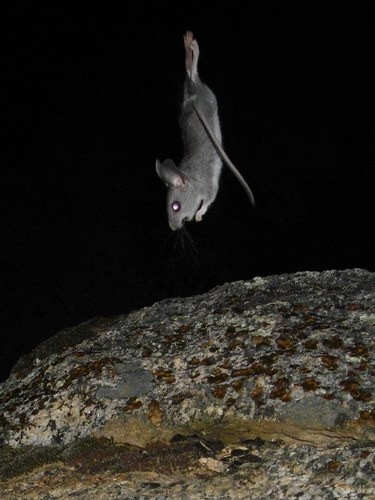
Juvenile Pinyon Mouse, Peromyscus truei, in perfect pike - with
sunflower seed in mouth for extra degree of difficulty
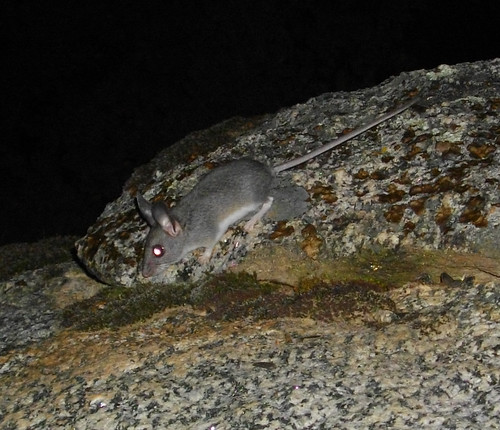
Adult Pinyon Mouse, Peromyscus truei, with big ears and buff stripe on side
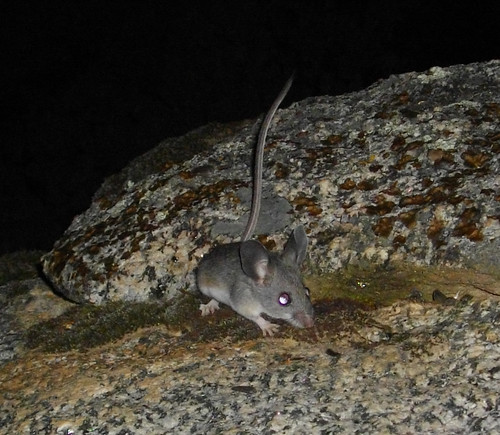
Getting multiple species at a single set can be helpful for determining relative size and proportions, and thus species. Or, you can include a ruler in the scene. :)
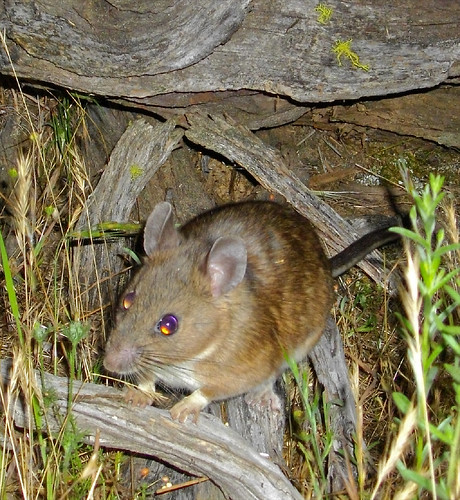
Big-eared Woodrat, Neotoma macrotis (formerly fuscipes), near Mariposa

Juvenile Pinyon Mouse, Peromyscus truei, w/o buff stripe, near Mariposa
I seem to be becoming a better mouse trap.
====
References:
- randomtruth on flickr - my set of small mammal trapping "short set" photos
- The Nature of a Man (this blog) - The Artist Formerly Known as Lepida
- The Nature of a Man (this blog) - Mama Homemaker

they are flippin' adorable! in some cases literally!
ReplyDeleteThose are great images of very cool nibblers. The juvenile Pinyon Mouse is a web star. What a hilarious picture.
ReplyDeleteGreat stuff as always!
ReplyDeleteI also enjoy photographing the rodents/tiny mammals :)
Great photos!!!
ReplyDeleteRe:"- I think it could be an interesting complement to "classical" small mammal trapping survey methods that use buckets and drift nets, and/or sherman live traps. While you don't get weight or sex or population density, it has potential for pure presence/absence detection, and is much easier to manage - you don't have to worry about the animal's safety and health, nor set your traps at sunset, and check at sunrise, which can be really tough in remote areas."
There is some literature correlating the trapping (camera v. traditional) that would allow you to make this comparison of density and other quantitative values with small mammals. Let me know if you want some references!
Christopher - are you talking about occupancy modeling? I know the Codge is working on that for Chimineas, but I haven't built up enough data yet. Any references would be appreciated.
ReplyDelete